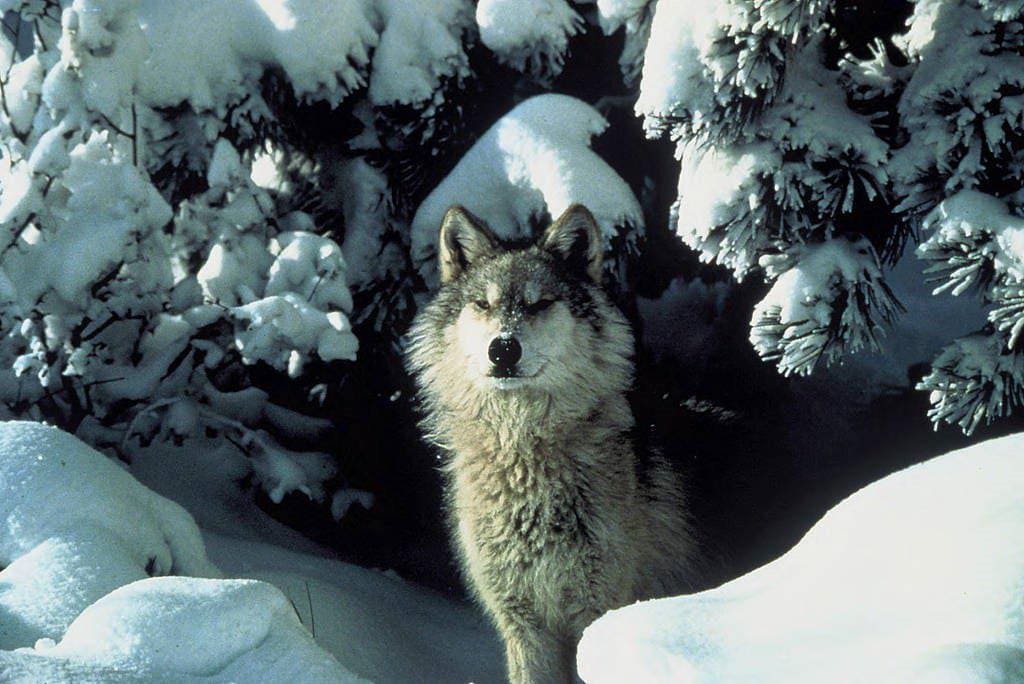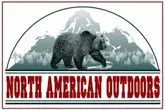Always Carry Two forms of Protection When Entering Wilderness Areas
Tags:
By Heidi Lyn Rao
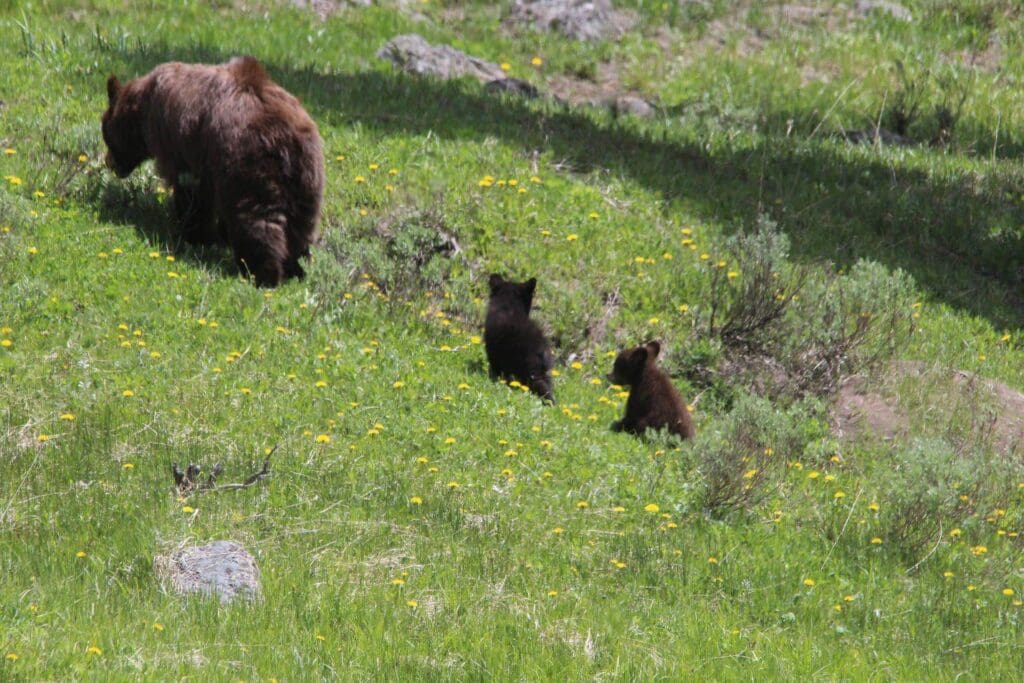
Always Carry Two forms of Protection When Entering Wilderness Areas
Anytime you enter areas where wildlife predators roam, you should always carry two forms of protection, especially when visiting National Parks, National Forests, and other Wilderness Areas. The extent that an individual is willing to go to protect themselves from a large wildlife predator is an extremely personal decision. At the extremes, there are individuals that believe that nature should take its course and they leave their fate to nature, unwilling to harm an animal. There are also those who go into the woods “looking for a fight,” armed to the teeth.
These extreme individuals either end up dead, or in court defending their actions. It is the individuals in the middle that respect nature enough to do everything possible to enjoy the wilderness without impacting it, while making sure that they can enjoy it another day.
The best defense for dealing with large wildlife predators is to become educated about their habits, habitat, and their biology. Along with knowledge, common sense is a must! All the safety equipment available to an individual is useless if the person entering the wildlife predator’s world does not have any common sense. Actively practicing good, sound techniques to prevent encounters with large wildlife predators can circumvent the need for more extreme measures.
Once an individual has become familiar with the habits, habitat, and biology of the large wildlife predators in the area in which they will be entering, there is other equipment that can be utilized to ensure their safety. These items include bear spray and firearms. In other words, there are both lethal and non-lethal means of protection. Each has their own advantages and disadvantages. Regardless of personal beliefs and personal ethics, these tools are valid and proven. An individual should pick the option or a combination of these tools to ensure their greatest chance of survival.
Chemical spray is the best non-lethal means of deterring an attack initiated by a large wildlife predator. Although called bear spray, it is a chemical spray derived from various hot peppers, such as chili peppers, and is very effective on any animal with tear ducts. This includes mammals such as black bears and brown bears, mountain lions, and wolves. Chemical sprays are not effective against reptiles such as alligators or snakes. Although there is some over-lapping of predatory mammals and predatory reptiles, for the most part, threats from these two classes of animals are geographically separated.
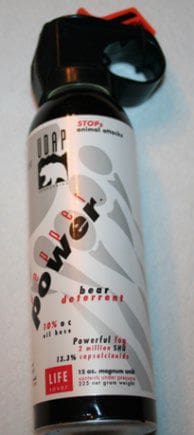
Since black bears, brown bears, mountain lions and wolves can often inhabit the same environment, bear spray is a very useful tool. The Environmental Protection Agency (EPA) regulates bear spray and sets the standard for deterring an attack from a brown bear. The EPA also requires that any chemical spray marketed to deter an attacking bear must be clearly marked as “bear spray” so that it is not confused with other chemical sprays. Any chemical agent that will work against a brown bear will also work against other large wildlife predators that pose a threat to human life.
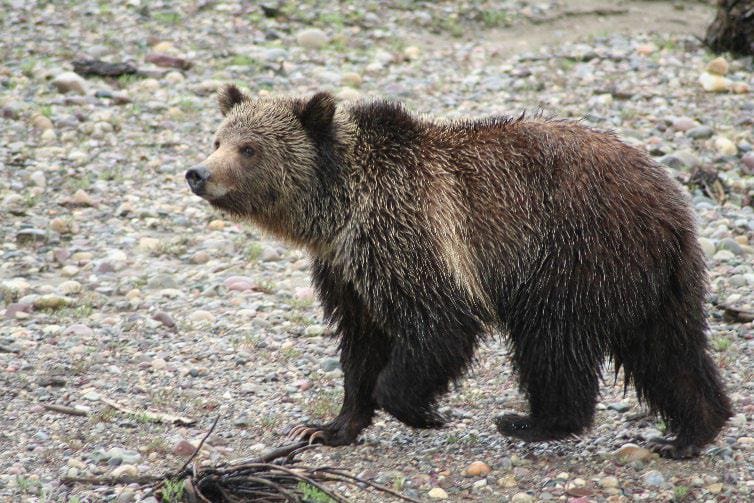
Bear spray must not be confused with mace or pepper spray for personal protection. Both bear spray and personal defense spray is derived from oleoresin capsicum. Bear spray is required to be a concentration of capsaicin and related capsaicinoids between 1% and 2%. Spray for personal defense will be listed as 10%, 20%, or 30% oleoresin capsicum. Bear spray with the proper concentration of capsaicin and related capsaicinoids is effective in deterring and attack from a brown bear, and other large wildlife predatory mammals, by severely irritating the eyes, nose, throat, and lungs of the attacker. The effects of the spray will not permanently incapacitate the animal and the effects will eventually wear off.

The advantage of bear spray is that it is non-lethal to the animal. It is also light weight and very portable. Studies have shown that in 90% of bear encounters that bear spray was used, the bear spray actually deterred the attack. In the remaining 10% of bear encounters, the injuries were less severe to the individuals that survived.
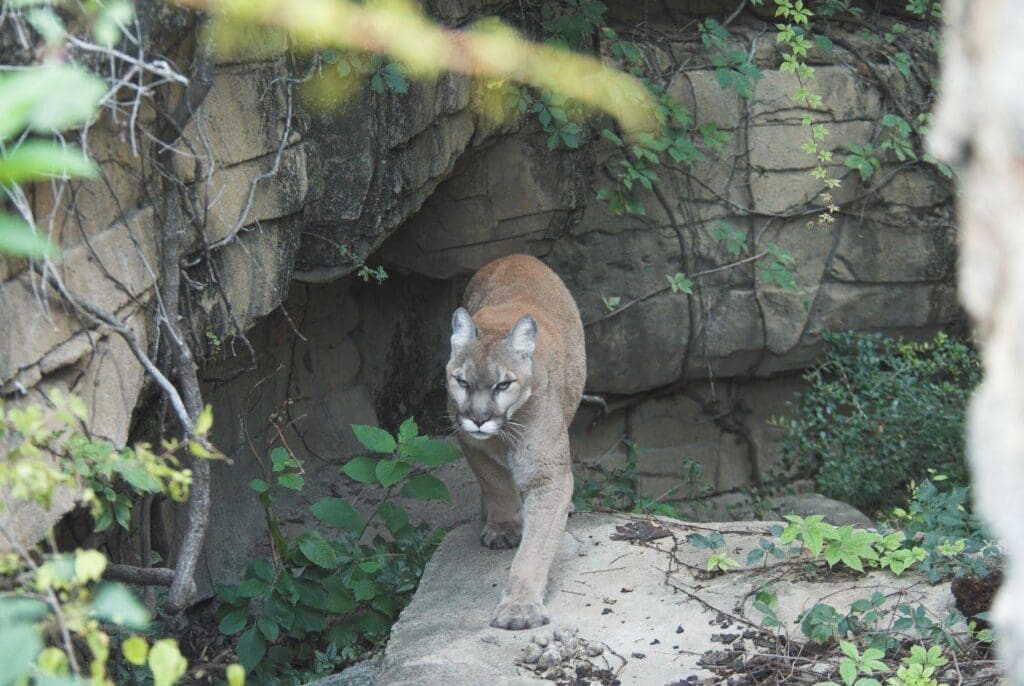
The disadvantages to bear spray can be numerous depending on environmental factors, biological factors and aggressiveness of the animal. The effectiveness of bear spray is extremely dependent upon weather conditions. Windy, rainy, snowy, and/or cold days can affect the potency of the chemical agent. Wind can blow the spray away, diffusing it before it comes in contact with the animal. Wind can also create a more dangerous situation by blowing it back into the user’s face, rendering him or her helpless and more at risk of death from the attack. If you’ve ever been in a mountain environment, the wind is always blowing. Rain can dilute the spray in the air and wash it to the ground. You could be spraying, thinking you are being effective when the wildlife predator may actually be closing in on you. This is why another great option is to carry a firearm for protection.
This is by far the most controversial tool used for protection. There are countless arguments and countless individuals willing to argue the value, ethics, and morals, both pro and con, on the carrying of a firearm. If someone were to be attacked by a wildlife predator, and using a firearm stopped the threat, people in a national park have more of an “attachment” to the wildlife. They are somewhat more humanized and many of the animals have names and numbers and have a “following.” If you are outside of a national park, in the forest, wilderness area, or on your own property, a deadly encounter is a deadly encounter regardless of where it occurs. For example, the state of Wyoming has to deal with many animals that attack humans. If that attack happens near a city, a school, or someone’s pasture, people do not think twice about the lethal removal of that animal. If that same scenario happens in a national park, people get up in arms. For example, recently there was a grizzly sow and her cubs near Grand Teton National Park. These bears have been in this area for several years and had a large following. After a few years, one of the cubs became aggressive and the state had to lethally remove the grizzly cub due to the threat to humans. This sparked protests and condemnation of the Wyoming Game and Fish Department.
One advantage of carrying a firearm is that it will operate in all weather conditions. Considering that a firearm used to thwart an attack will usually be at close range, wind and other environmental factors do not come into play. Another advantage is that if the aggressive animal is killed, then it is impossible for that animal to attack a second time. There is also a chance that just the noise alone from the discharged round is enough to scare off any additional wildlife predators. Also, multiple animals can be dealt with quickly and extra ammunition is readily available. For example, several years ago, there was a hunting guide in Wyoming who was killed while guiding a client on an elk hunt. Three bears attacked at the same time.
The disadvantages of using a firearm for protection against large wildlife predators are numerous. First and foremost is the accuracy and skill of the shooter. Even the best trained marksman can miss, especially in a stressful situation. Add the fact that a charging animal is running, bounding, moving through cover, and down-right frightening as it is closing in on you, the chance of missing your target is greatly increased. There is also the chance of wounding the animal, which creates an even more dangerous situation. Another problem with discharging a firearm in a stressful situation is the shooter running the risk of injuring others in his or her group. Individuals that use firearms to defend themselves from an attack from a large wildlife predator usually suffer injury 50% of the time.
Shot placement is a big factor in using a firearm for protection. The only way of killing a charging predator in its tracks is a shot to the brain or severing the spinal cord. Shots that break bones can incapacitate the animal long enough to make your escape. Shots to the vital areas will ultimately lead to its death, but the animal can still advance and inflict injury or death to the individual. A round that does not immediately kill an animal may ultimately cause its death, but it can take several minutes for a large animal to bleed out. Hopefully a shot to the vital organs, combined with the sound and impact, will be enough to turn the animal to run off instead of continuing the charge in your direction.
Keep in mind you could be facing legal issues if you use your firearm again a large wildlife predator, especially in a National Park. Although it is legal to carry a firearm in a National Park,
it is illegal to discharge that firearm. Nowhere is it stated that it is a defense to prosecution if you use a firearm to protect yourself against an attack. What that means is, you can be attacked by a bear, even sustain injuries, and defend yourself in a completely justified situation but still be charged with discharging a firearm in a National Park. That should not deter you from eminent death if attacked by a large wildlife predator.
